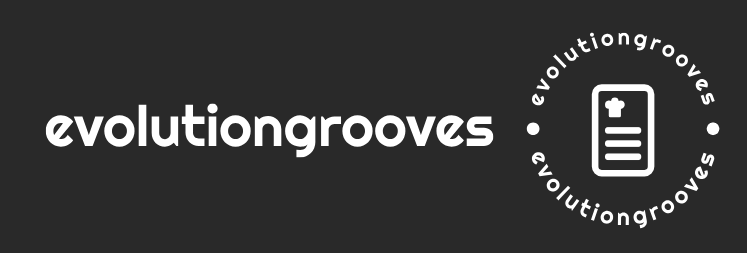Rapid Relief Adult Rash Cream for Instant Soothing
Introduction:
Skin rashes, a common woe for adults, can be irritating, uncomfortable, and sometimes downright painful. Finding the right remedy to soothe these pesky irritations is crucial for restoring comfort and maintaining healthy skin. Fortunately, there’s a plethora of rash creams tailored specifically for adult skin, each boasting unique features
Healing Foods – You Are What You Eat
 Healing foods are here – they always have been – and it is very true that you are what you eat. Today we have a better understanding of what is in our food and what is needed for optimum nutrition.
Healing foods are here – they always have been – and it is very true that you are what you eat. Today we have a better understanding of what is in our food and what is needed for optimum nutrition.
The human body is a truly remarkable feat of engineering. …
Traditional Healing Practices
 The most recent news in Healthcare IT – straight to your inbox. Targeted geographic growth by leading providers is rapidly rising, with dozens of organizations corresponding to Vanderbilt, Texas Kids’s, Kids’s Hospital of Philadelphia, MD Anderson Cancer Heart, and plenty of others taking bold steps to serve patients over a …
The most recent news in Healthcare IT – straight to your inbox. Targeted geographic growth by leading providers is rapidly rising, with dozens of organizations corresponding to Vanderbilt, Texas Kids’s, Kids’s Hospital of Philadelphia, MD Anderson Cancer Heart, and plenty of others taking bold steps to serve patients over a …

